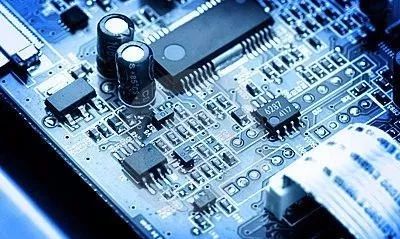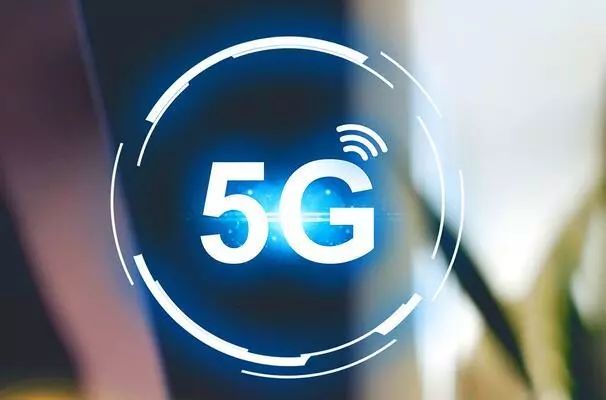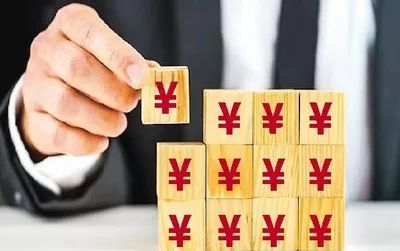PCB manufacturers collectively raise prices, how can downstream manufacturers find ways to continue development
What can be determined in 2018 is that for PCB upstream materials and other materials, semiconductor upstream materials silicon wafers, dynamic random access memory (DRAM) and passive components, metal oxide semiconductor field effect transistors (MOSFET), microcontrollers ( For materials and components such as MCU), this year is still a year of shortages and rising prices. Under the dual pressure of environmental protection and raw material price increases, many large PCB factories have gradually chosen to increase prices. Some uncompetitive companies have begun to withdraw, and the competitive landscape has gradually tilted towards large factories with bargaining power, environmental protection indicators, and capacity reserves, which has led to an increase in industry concentration.

The double pressure of environmental protection and raw materials, PCB factories helplessly follow up
With the continuous improvement of technology, PCB, known as the "mother of electronic products", has become a global industry with an annual output value of more than 50 billion US dollars. The importance of PCB to electronic products is self-evident, but the serious environmental pollution caused by it in the production process cannot be ignored. Especially at the moment when ecological environmental problems are prominent, green environmental protection has been highly valued by the government. Strict production environmental protection standards. In order to respond to the government's call and realize the sustainable development of the industry, major PCB manufacturers have carried out industrial adjustments and improved product manufacturing processes. This not only directly increases the price of product accessories and labor costs, but also leads to an increase in industry concentration.
At the same time, the price increase of raw materials has also overwhelmed PCB companies. The data shows that the cost of PCB raw materials accounts for about 33%, of which CCL accounts for 18% to 20%. Copper foil is the most important raw material for the manufacture of copper clad laminates, accounting for about 30% of the cost of copper clad laminates (thick boards). ) And 50% (thin plate). Due to the short supply of copper foil, the prices of various raw materials have continued to rise. Since the beginning of 2016, the price of PCB standard copper foil has risen by more than 50%, and the price of copper foil processing and effective copper clad laminates are higher than the original average respectively. 100% and 50%.
Under the dual pressure of environmental protection and rising prices of raw materials, many large PCB factories have gradually "lowered their heads" and have chosen to increase prices one after another. It is understood that from the emission limit in Kunshan, Jiangsu at the end of 2017, to the emission limit in Zhuhai, Shanghai, and now Shenzhen, the entire PCB industry will usher in a new situation after this wave of price increases. The overall rate is expected to be 20%. -30%.
The 5G era is coming, PCB has strong bargaining power for downstream

From the perspective of the overall environment of the electronics industry, as China gradually enters the 5G era, consumer electronics is facing a new round of development. The demand for high-frequency and high-speed copper clad laminates will show exponential growth. At the same time, the reshuffle of small and medium PCB companies will lead to overall production capacity. Compression, major manufacturers generally bet their future production capacity in the communications, lithium battery and automotive blue ocean markets, which will have a great impact on PCB downstream companies.
The substantial increase in the price of upstream PCBs will surely catch downstream applications by surprise. As far as the current stage is concerned, the market boom in many downstream areas of PCB continues to rise, and the steady flow of market orders not only brings profits to manufacturers, but also puts forward higher market demand for PCB. The increase in PCB prices and the intensification of industry concentration have not only brought cost pressures to downstream companies, but also broke the original balance of supply and demand, causing the market to fall into a dilemma of short supply.
What’s more worth mentioning is that due to the fact that the current copper foil, glass cloth, etc., the most upstream raw materials of PCB plates, have already experienced tight delivery times and shortages, naturally directly affecting the delivery time of PCB suppliers, compared to the price increase of raw materials. The tight delivery time makes upstream and downstream manufacturers helpless. This storm of raw material price increases has begun to gradually retreat downstream companies that do not have the strength to compete in the economy and scale, further accelerating the industry reshuffle.
Get rid of the "price war", companies looking for sustainable development routes
All in all, whether it is a PCB company or a downstream manufacturer, they are all facing a common situation-the price of raw materials has risen before, and there will be tens of billions of new market demand afterwards. Companies need to think about the long-term development of the company , Don’t smash the price of products, but also make efforts from various aspects such as your own technology, products, brands and channels to enhance the competitiveness of enterprises and obtain higher profit margins. Competition in the electronics manufacturing market is still fierce. Some companies with foresight and strong competitiveness have begun to break away from the "price war" and begin to shift their battlefields to the high-end display field.

Tweeter Horn Speaker,High Frequency Driver,Tweeter Speakers Driver,Ferrite Compression Driver
Guangzhou Yuehang Audio Technology Co., Ltd , https://www.yhspeakers.com